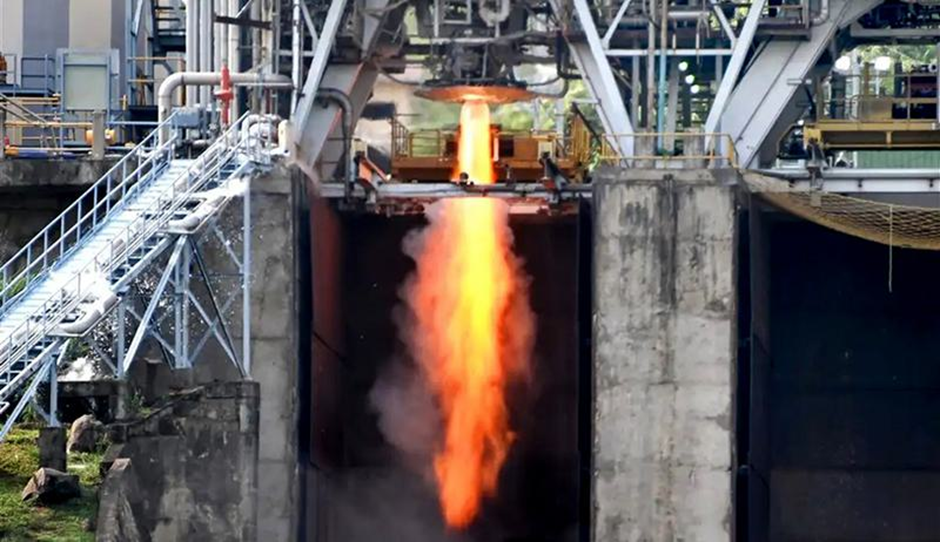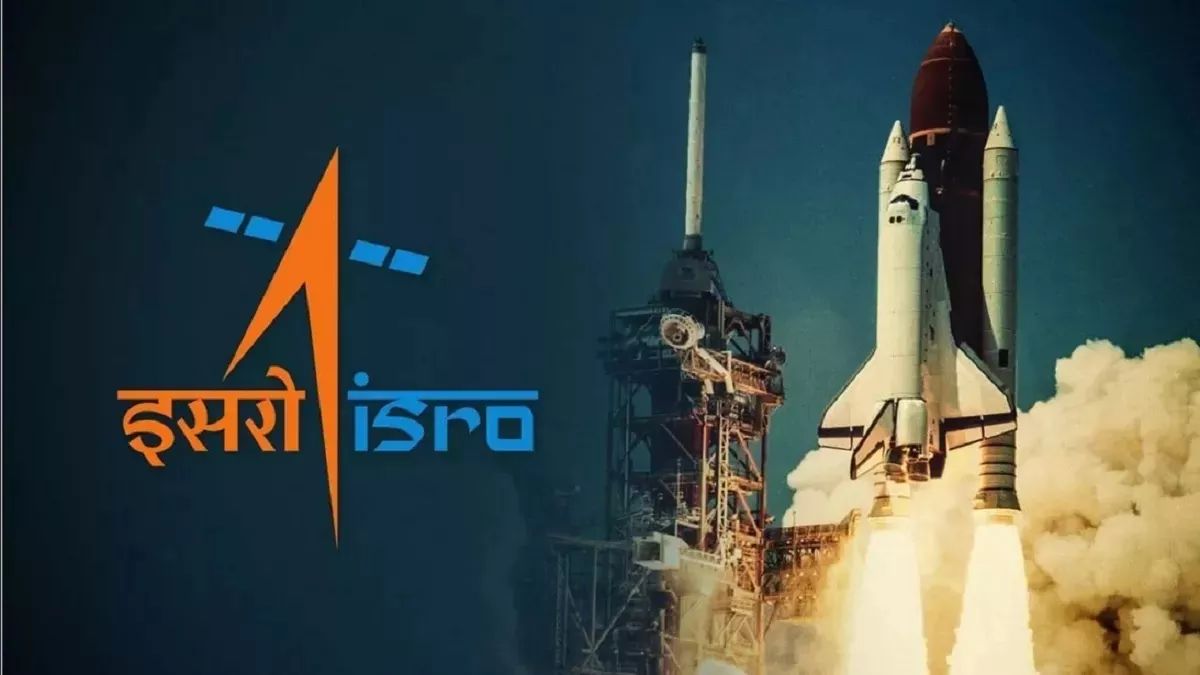Context
In the realm of space exploration, the quest for innovation knows no bounds. With each stride forward, humanity unlocks new possibilities and delves deeper into the cosmos. At the forefront of this journey stands the Indian Space Research Organisation (ISRO), an institution driven by a relentless pursuit of excellence. Central to ISRO's recent achievements is the CE-20 cryogenic engine, a marvel of engineering that symbolizes India's ascent as a spacefaring nation. As ISRO prepares for its ambitious Gaganyaan mission, slated to launch Indian astronauts into space, the CE-20 engine emerges as a cornerstone of this historic endeavor. Let us embark on a journey through the evolution, intricacies, and remarkable legacy of this groundbreaking technology.

The Genesis of Innovation: From Sanctions to Success
Amidst the challenges of the 1980s, when the United States imposed sanctions against India, ISRO faced a pivotal moment in its history. Undeterred by external pressures, ISRO embarked on a path of self-reliance, determined to develop indigenous capabilities in rocket propulsion technology. The result of this determination was the CE-20 cryogenic engine, a testament to India's ingenuity and resilience in the face of adversity. Unlike solid fuels, liquid fuels offer greater efficiency and flexibility, making them the preferred choice for rocket propulsion. Among liquid fuels, hydrogen reigns supreme, boasting the highest exhaust velocity when combusted with oxygen. However, harnessing the power of liquid hydrogen presents formidable challenges due to its cryogenic nature, requiring specialized equipment and expertise.
Evolution of a Masterpiece: The Tale of Three Engines
ISRO's journey towards mastering cryogenic technology traces back through a lineage of engines: KVD-1, CE-7.5, and CE-20. While the CE-7.5 engine served as a foundational stepping stone, drawing inspiration from the Russian-supplied KVD-1, it was the CE-20 that heralded a new era of propulsion excellence. Engineered for the GSLV Mk III, later renamed LVM-3, the CE-20 represents a leap forward in performance and reliability. Unlike its predecessors, the CE-20 adopts the gas-generator cycle, streamlining its design and enhancing its ease of construction and testing. This innovation underscores ISRO's commitment to continual improvement and adaptation, ensuring that each iteration of their engines pushes the boundaries of what is possible in space exploration.
Engineering Ingenuity: Overcoming Cryogenic Challenges
The journey to harness the power of liquid hydrogen is fraught with technical hurdles and logistical complexities. Cryogenic engines demand meticulous attention to detail, from cryopumps that cool hydrogen and oxygen to turbopumps that facilitate fuel movement. The CE-20 engine, with its gas-generator cycle, optimizes efficiency while simplifying the engineering complexity associated with cryogenic propulsion. By discarding pre-burner exhaust and eschewing vernier thrusters in favor of nozzle gimballing, ISRO has engineered a solution that balances performance, reliability, and manufacturability. These innovations not only propel India's space ambitions forward but also contribute to global advancements in rocket propulsion technology.
Human-Rating: Ensuring Safety in Space
As ISRO prepares for its maiden crewed mission, Gaganyaan, the importance of human-rating the CE-20 engine cannot be overstated. Unlike unmanned satellites, human spaceflight introduces a new dimension of risk and responsibility. Human-rating entails rigorous testing and validation to minimize the probability of mission failure, ensuring the safety and well-being of astronauts. NASA's Commercial Crew Program sets stringent standards for mission reliability, requiring failure probabilities to remain below 1/500 during ascent and descent. Through exhaustive hot-fire tests totaling 8,810 seconds, ISRO has demonstrated the CE-20's readiness for the challenges that lie ahead. These tests simulate mission conditions with precision, validating the engine's performance and reliability under the most demanding circumstances.
A Legacy of Excellence: Charting the Future of Space Exploration
As the CE-20 engine continues to etch its mark on the annals of space history, its legacy grows ever more formidable. From powering lunar missions like Chandrayaan-2 and -3 to launching commercial payloads for OneWeb, the CE-20 has proven its mettle time and again. With the first uncrewed Gaganyaan test flight on the horizon, ISRO stands poised to make history once more. Through innovation, perseverance, and a commitment to excellence, ISRO exemplifies the boundless potential of human ingenuity. The CE-20 engine stands not only as a testament to India's technological prowess but also as a beacon of inspiration for future generations of space explorers. As humanity continues its journey into the cosmos, the CE-20 engine will remain a guiding light, illuminating the path towards new frontiers and discoveries.
Conclusion
In the vast expanse of space, where the unknown beckons and the impossible becomes possible, the CE-20 engine stands as a testament to human ingenuity and determination. From humble beginnings to soaring achievements, ISRO's journey with cryogenic propulsion embodies the spirit of exploration and discovery. As we gaze towards the stars, let us remember the remarkable legacy of the CE-20 engine—a legacy defined by innovation, excellence, and the relentless pursuit of the extraordinary. With each ignition, each ascent, and each mission, the CE-20 engine propels us towards a future where the mysteries of the cosmos await, ready to be unlocked by the indomitable spirit of exploration.
|
Probable Questions for UPSC Mains Exam 1. Discuss the importance of the CE-20 cryogenic engine in India's space exploration, focusing on its evolution, engineering innovations, and mission contributions. How has ISRO's indigenous cryogenic technology impacted India's space program and self-reliance? (10 marks, 150 words) 2. Evaluate the challenges and advancements in human-rating the CE-20 engine for ISRO's Gaganyaan mission. How does this process reflect India's readiness for crewed space missions and its commitment to space exploration excellence? (15 marks, 250 words) |
Source – The Hindu







